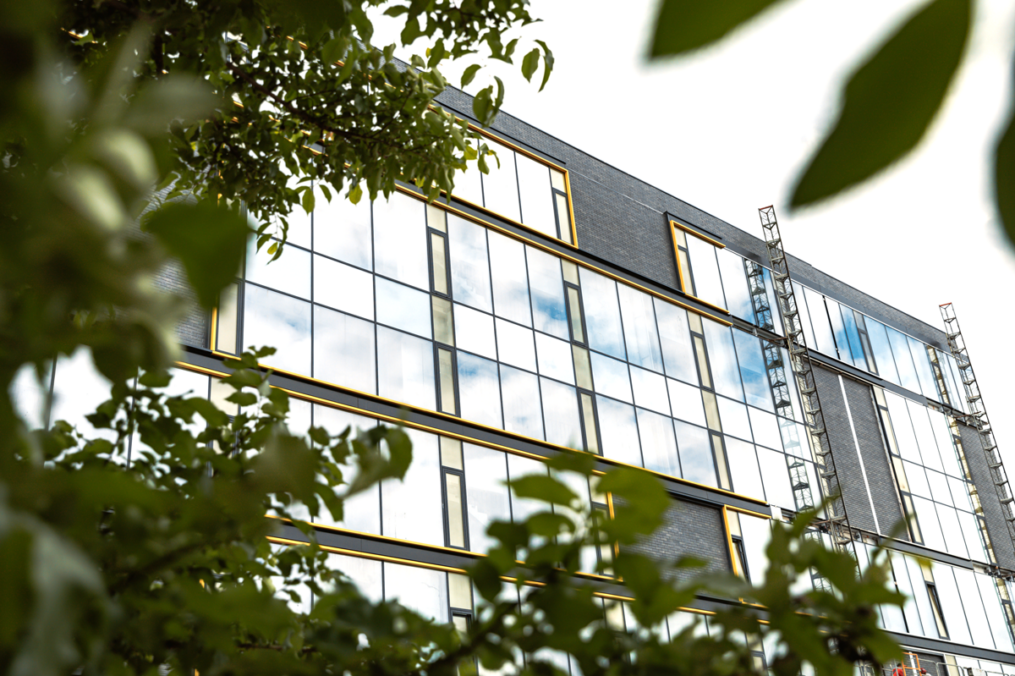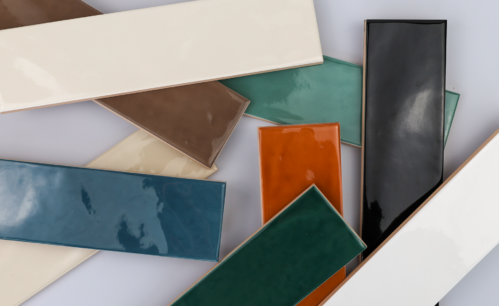Articles
Sustainable Construction: Building a Greener Future
Sustainable construction is reshaping the industry by focusing on eco-friendly materials and designs that reduce environmental impact while promoting long-term energy efficiency.

The Importance of Sustainable Construction Practices
As the world grapples with the impacts of climate change, the construction industry is taking significant strides to reduce its carbon footprint. One of the most impactful movements within this industry is the shift toward sustainable building practices. These practices contribute to environmental preservation and offer long-term economic and social benefits. In this blog post, we’ll explore what sustainable building entails, why it’s crucial, and how the construction industry can embrace these practices for a greener future. We’ll also highlight environmentally friendly tile products, fireplaces, garage doors, stone veneer, and masonry options to help you build greener.
What is Sustainable Building?
Sustainable building refers to construction practices that minimize environmental impact over the lifecycle of a building. This includes using renewable materials, reducing energy consumption, and limiting waste production. Sustainable construction goes beyond the completion of a building, incorporating designs that lower energy use and resource demands throughout the structure’s lifespan.
According to Construction21, sustainable construction uses recyclable and renewable materials while minimizing energy use and waste production. This approach not only reduces environmental impact but also provides long-term benefits by ensuring the building has a lower impact on its surroundings over time.
Environmentally Friendly Building Products
To achieve sustainability in construction, selecting eco-friendly products is essential. Here are some tile products, fireplaces, garage doors, stone veneer, and masonry options that are good for the environment:
Tile Products:
- Recycled Glass Tiles: Made from post-consumer glass, these tiles are not only stunning but also help reduce waste in landfills. They are available in various colors and designs, making them a versatile option for both flooring and wall coverings.
- Ceramic and Porcelain Tiles: Opt for ceramic and porcelain tiles that are certified by organizations like the Green Building Council or have a low environmental impact. These tiles are durable, have a long lifespan, and can be made from natural, abundant materials.
Fireplaces:
- High-Efficiency Wood-Burning Stoves: These stoves are designed to burn wood more efficiently, producing less smoke and carbon dioxide. Look for models certified by the EPA (Environmental Protection Agency) to ensure they meet strict emission standards.
- Electric Fireplaces: Modern electric fireplaces offer the ambiance of a traditional fireplace without the emissions. They can be powered by renewable energy sources, making them a perfect sustainable option. We offer several electric fireplaces in many different styles
Garage Doors:
- Insulated Garage Doors: Insulated garage doors help improve the energy efficiency of your home by reducing heat loss. Look for doors made from recycled steel or aluminum, which have a lower environmental impact.
- Composite Garage Doors: These doors are made from a combination of wood fibers and recycled materials, offering the aesthetic of wood without the environmental drawbacks. They are durable, low-maintenance, and contribute to a more sustainable building design.
- Solar-Powered Garage Door Openers: Pairing your eco-friendly garage door with a solar-powered opener can further reduce your home’s carbon footprint. These openers harness solar energy, reducing reliance on the grid and lowering overall energy consumption.
Masonry Products:
- Recycled Concrete Veneer: Made from crushed concrete and other reclaimed materials, recycled concrete veneer provides the look of traditional stone while reducing waste. It’s an excellent choice for both interior and exterior applications.
- Manufactured Stone Veneer: This type of veneer is made from lightweight concrete and other sustainable materials, often with a significant portion of recycled content. It mimics the appearance of natural stone but has a lower environmental impact due to reduced transportation and material extraction needs.
- Natural Stone with Low Embodied Carbon: Some quarries focus on sustainable practices, offering natural stone products with a lower carbon footprint. Opt for locally sourced stone to further reduce transportation emissions.
- Eco-Friendly Mortar and Grout: When using stone veneer or masonry, consider eco-friendly mortar and grout options that contain recycled materials or are formulated to have lower embodied carbon. These products can further enhance the sustainability of your project.
Conclusion
Sustainable building practices represent a crucial step toward a more eco-conscious world. By prioritizing energy efficiency, renewable energy, and sustainable materials, the construction industry can significantly reduce its environmental impact. These practices offer not only environmental benefits but also economic and social advantages that will shape the future of building design. As we move forward, it is essential for builders, architects, and developers to commit to sustainability and contribute to the global effort to combat climate change.



